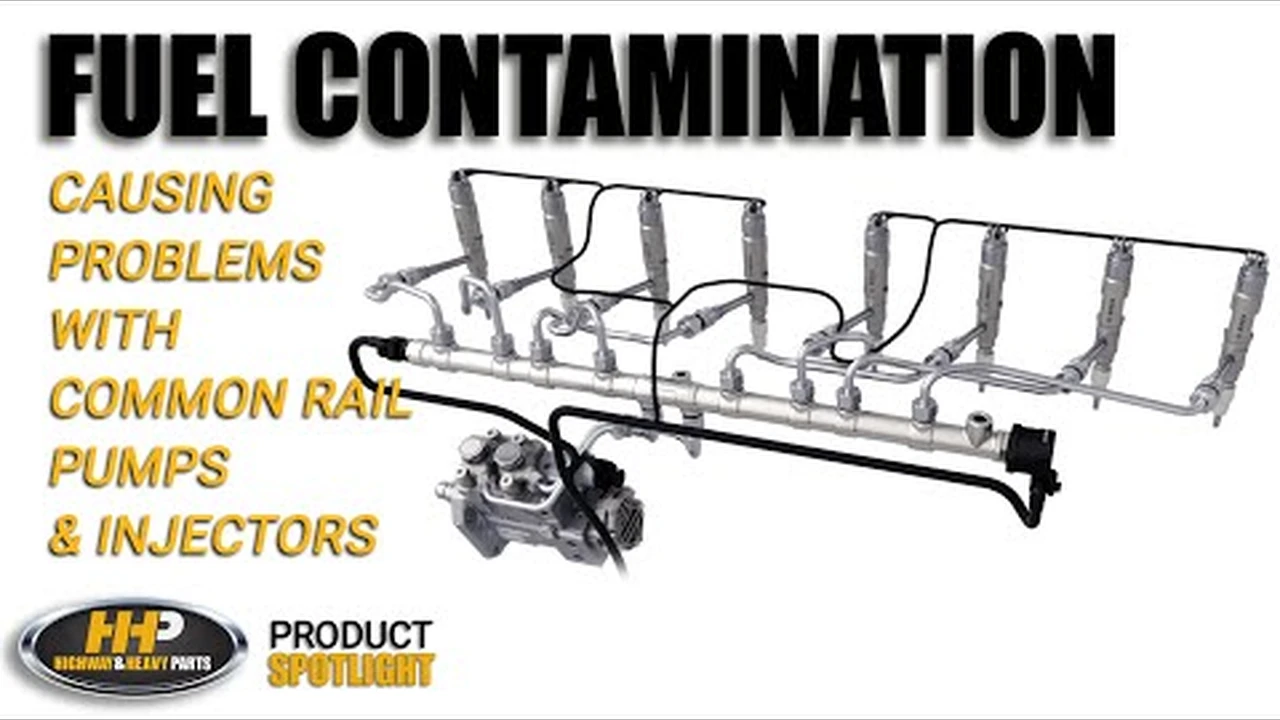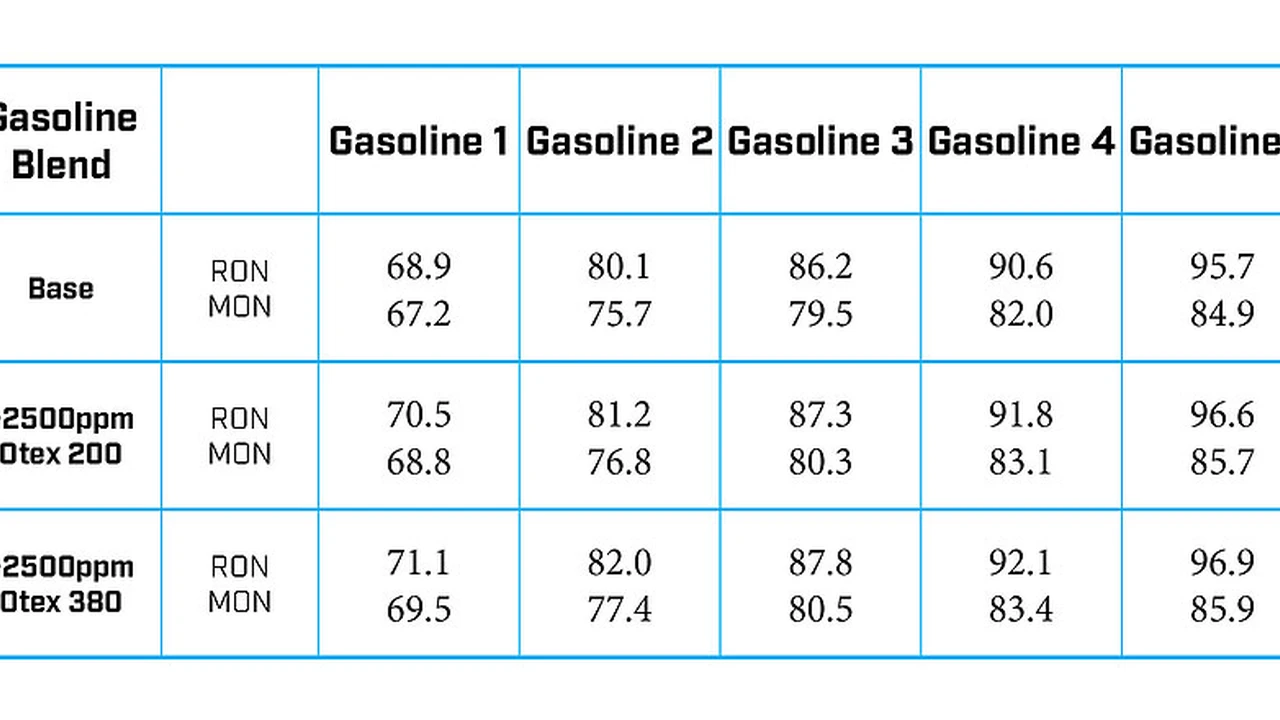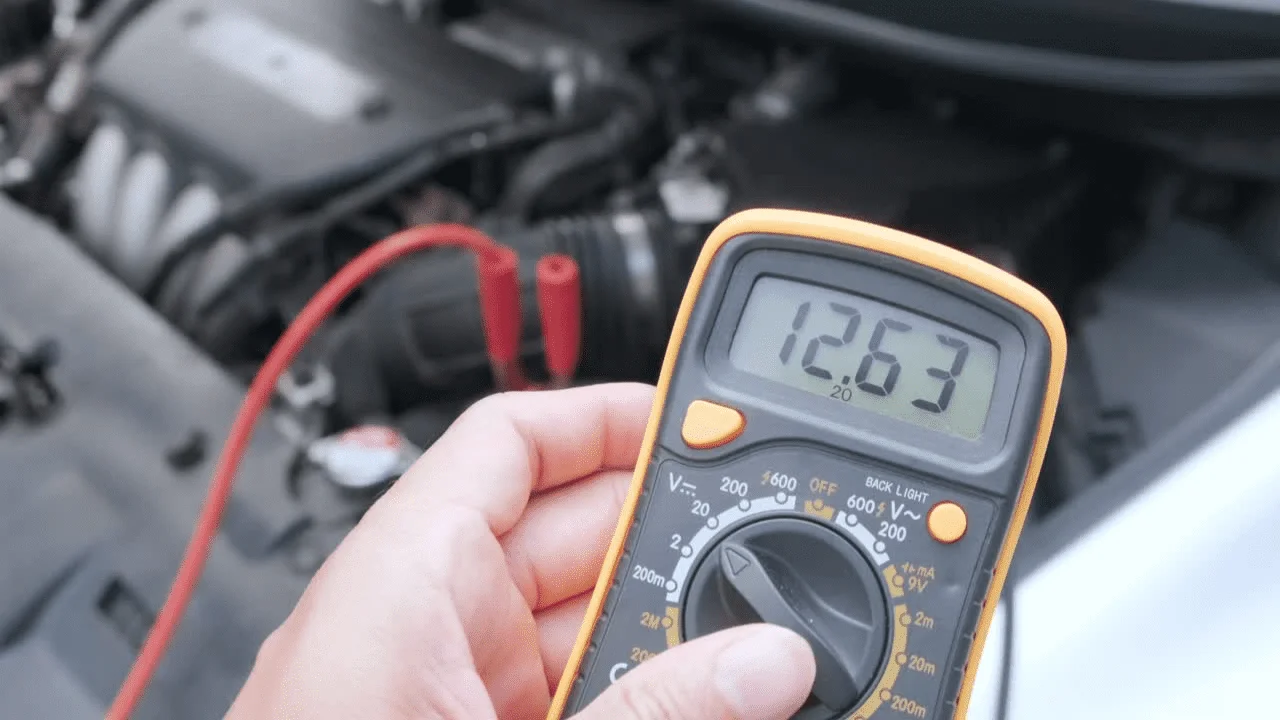Performance Clutch Upgrades: Handling Increased Horsepower

As you increase horsepower, your clutch needs to handle the extra load. This guide explores performance clutch upgrades, explaining how to choose the right clutch for your power levels and driving style. Ensure reliable power transfer with a robust clutch.
Understanding the Importance of a Performance Clutch for High Horsepower Engines
So, you've been boosting your engine's power – maybe you've added a turbo, supercharger, or just done some serious internal work. That's awesome! But all that extra power is useless if your clutch can't handle it. A stock clutch is designed for the factory horsepower output. When you significantly increase power, the stock clutch can start to slip, meaning it's not fully engaging and transferring all that power to the wheels. This results in lost acceleration, poor performance, and eventually, a completely worn-out clutch. Upgrading to a performance clutch is essential to handle the increased torque and ensure reliable power transfer.
Identifying the Need for a Clutch Upgrade: Symptoms of Clutch Slippage
How do you know if your clutch is slipping? Here are a few telltale signs:
- High RPMs with Slow Acceleration: This is the most obvious sign. You'll rev the engine, but the car won't accelerate as quickly as it should. It feels like the engine is working harder than it is.
- Burning Smell: A slipping clutch generates a lot of heat, which can create a distinct burning smell.
- Difficulty Shifting: Slippage can make it harder to shift gears smoothly. You might experience grinding or difficulty engaging the clutch.
- Increased Clutch Pedal Travel: The clutch pedal might feel softer or have more travel than usual.
- Chirping Noise: Sometimes, a slipping clutch can make a chirping noise, especially during hard acceleration.
If you're experiencing any of these symptoms, it's time to seriously consider a clutch upgrade. Ignoring these signs will only lead to further damage and a more expensive repair bill down the road.
Types of Performance Clutches: Choosing the Right One for Your Needs
Performance clutches come in various types, each designed for different power levels and driving styles. Here's a breakdown of the most common options:
- Organic Clutches: These are similar to stock clutches, using an organic friction material. They offer good drivability and are suitable for moderate horsepower increases (typically up to 20-30% over stock). They are a good choice for daily drivers who want a slight performance boost without sacrificing comfort.
- Kevlar Clutches: Kevlar clutches offer higher heat resistance and friction than organic clutches. They can handle more horsepower and torque, making them suitable for mildly modified engines. They also tend to be more durable than organic clutches.
- Ceramic Clutches: Ceramic clutches are designed for high-performance applications and can handle significant horsepower increases. They offer excellent heat resistance and friction, but they can be less forgiving than organic or Kevlar clutches. They often have a more aggressive engagement and can be noisy. These are best for track cars or heavily modified street cars.
- Multi-Plate Clutches: Multi-plate clutches use multiple friction discs to increase the clutch's surface area and torque capacity. They are ideal for extreme horsepower applications and offer excellent durability. However, they can be more expensive and require more complex installation.
- Sintered Metallic Clutches: These clutches use a sintered metallic friction material for maximum heat resistance and torque capacity. They are extremely durable and can handle the most extreme horsepower levels. However, they typically have very aggressive engagement and are not suitable for daily driving.
Key Factors to Consider When Selecting a Performance Clutch
Choosing the right performance clutch involves considering several factors:
- Horsepower and Torque: This is the most important factor. Make sure the clutch is rated to handle the horsepower and torque output of your engine.
- Driving Style: Consider how you use your car. If it's a daily driver, you'll want a clutch with good drivability. If it's a track car, you'll prioritize performance and heat resistance.
- Transmission Type: Make sure the clutch is compatible with your transmission type (e.g., manual or automatic).
- Flywheel Compatibility: Some clutches require a specific type of flywheel (e.g., lightweight or steel).
- Budget: Performance clutches range in price from a few hundred dollars to several thousand dollars. Set a budget and choose a clutch that fits your needs and financial constraints.
- Clutch Disc Material: As mentioned above, the clutch disc material (organic, kevlar, ceramic, etc.) greatly influences the clutch's performance characteristics and suitability for different applications.
- Clutch Kit Components: A clutch kit typically includes the clutch disc, pressure plate, release bearing (throw-out bearing), and alignment tool. Ensure the kit includes all necessary components for a complete installation.
Performance Clutch Recommendations: Specific Products and Usage Scenarios
ACT (Advanced Clutch Technology)
ACT is a well-respected brand known for producing high-quality performance clutches. They offer a wide range of options to suit various applications and power levels.
ACT Streetlite Clutch Kit
Description: This kit is a popular choice for daily drivers with moderate horsepower increases. It features a heavy-duty pressure plate and an organic clutch disc for good drivability and improved performance.
Usage Scenario: Daily driving, spirited street driving, light track use.
Pros: Good drivability, improved performance over stock, relatively affordable.
Cons: Not suitable for high horsepower applications.
Price: $400 - $600
ACT HD/Performance Street Clutch Kit
Description: This kit offers a significant upgrade in torque capacity compared to the Streetlite kit. It features a heavy-duty pressure plate and a choice of clutch disc materials (organic, Kevlar, or ceramic). This allows you to tailor the clutch's performance to your specific needs.
Usage Scenario: Modified street cars, track days, drag racing (depending on disc material).
Pros: High torque capacity, customizable disc material, good balance of performance and drivability.
Cons: Can be more aggressive than the Streetlite kit, slightly more expensive.
Price: $600 - $900
SPEC Clutches & Flywheels
SPEC Clutches & Flywheels is another reputable brand known for its high-performance clutch systems.
SPEC Stage 1 Clutch Kit
Description: The SPEC Stage 1 clutch kit is designed for street and occasional track use. It features a high-performance organic disc that offers improved friction and heat resistance compared to a stock clutch. The pressure plate is also upgraded for increased clamping force.
Usage Scenario: Daily driving with moderate modifications, occasional track days.
Pros: Improved performance, good drivability, long lifespan.
Cons: Not suitable for high horsepower applications.
Price: $500 - $700
SPEC Stage 3 Clutch Kit
Description: The SPEC Stage 3 clutch kit is designed for more aggressive applications and higher horsepower levels. It features a carbon-semi-metallic disc that provides excellent heat resistance and friction. The pressure plate is significantly upgraded for increased clamping force.
Usage Scenario: Heavily modified street cars, dedicated track cars, drag racing.
Pros: High torque capacity, excellent heat resistance, aggressive engagement.
Cons: Reduced drivability, increased noise, not ideal for daily driving.
Price: $700 - $1000
Competition Clutch
Competition Clutch offers a variety of clutch solutions from mild to wild.
Competition Clutch Stage 2
Description The Stage 2 clutch from Competition Clutch typically features a sprung hub disc with high friction organic material. This provides a balance of performance and streetability.
Usage Scenario Perfect for lightly modified vehicles used for daily driving and weekend fun.
Pros Improved holding capacity over stock while maintaining good pedal feel.
Cons Not suitable for heavily modified high horsepower builds.
Price $350 - $550
Competition Clutch Stage 4
Description The Stage 4 clutch is generally a segmented ceramic disc. It offers a much higher torque capacity but at the expense of street manners.
Usage Scenario Best used for dedicated race cars or street/strip cars with significant power adders.
Pros Very high holding capacity for serious horsepower applications.
Cons Can be noisy and grabby, not recommended for daily driving.
Price $600 - $800
Clutch Kit Comparison Table
| Clutch Kit | Brand | Disc Material | Torque Capacity (approx.) | Usage Scenario | Price (approx.) |
|---|---|---|---|---|---|
| Streetlite Clutch Kit | ACT | Organic | Up to 30% over stock | Daily driving, spirited street driving | $400 - $600 |
| HD/Performance Street Clutch Kit | ACT | Organic, Kevlar, or Ceramic | Varies depending on disc | Modified street cars, track days | $600 - $900 |
| Stage 1 Clutch Kit | SPEC | High-Performance Organic | Moderate increase over stock | Daily driving, occasional track days | $500 - $700 |
| Stage 3 Clutch Kit | SPEC | Carbon-Semi-Metallic | Significant increase over stock | Heavily modified cars, track cars | $700 - $1000 |
| Stage 2 Clutch | Competition Clutch | Sprung Hub Organic | Moderate increase over stock | Daily Driving with light modifications | $350 - $550 |
| Stage 4 Clutch | Competition Clutch | Segmented Ceramic | Significant increase over stock | Race cars, high horsepower builds | $600 - $800 |
Flywheel Considerations: Stock vs Lightweight Flywheels
When upgrading your clutch, it's also a good idea to consider upgrading your flywheel. The flywheel is a heavy disc that helps to smooth out the engine's power delivery. Lightweight flywheels can improve engine responsiveness and acceleration, but they can also make the engine more prone to stalling at low RPMs. Here's a quick breakdown:
- Stock Flywheel: Reliable and durable, but can be heavy and limit engine responsiveness.
- Lightweight Flywheel: Improves engine responsiveness and acceleration, but can be more prone to stalling.
If you're primarily concerned with performance, a lightweight flywheel can be a good choice. However, if you value drivability and reliability, a stock flywheel might be a better option.
Installation Tips and Considerations for Performance Clutches
Installing a performance clutch can be a challenging task, and it's often best left to a professional. However, if you're experienced with automotive repair, you can attempt it yourself. Here are a few tips to keep in mind:
- Use the Right Tools: Make sure you have all the necessary tools, including a clutch alignment tool, torque wrench, and various sockets and wrenches.
- Follow the Instructions: Carefully read and follow the instructions that come with the clutch kit.
- Torque to Spec: Torque all bolts to the specified torque values. Overtightening or undertightening bolts can damage the clutch or lead to premature failure.
- Proper Break-In: Most performance clutches require a break-in period. Follow the manufacturer's recommendations for break-in procedures. This typically involves driving the car gently for a few hundred miles to allow the clutch disc to properly seat.
- Consider a Professional Installation: If you're not comfortable with the installation process, it's best to have a professional install the clutch. This will ensure that it's done correctly and avoid any potential problems.
Maintaining Your Performance Clutch: Ensuring Longevity
Proper maintenance can significantly extend the life of your performance clutch. Here are a few tips:
- Avoid Riding the Clutch: Riding the clutch (partially engaging it while driving) can cause excessive wear and heat.
- Shift Smoothly: Avoid harsh or jerky shifts, as this can put unnecessary stress on the clutch.
- Check for Leaks: Regularly check for leaks in the clutch hydraulic system. Leaks can reduce clutch performance and lead to premature failure.
- Adjust the Clutch Pedal: Ensure that the clutch pedal is properly adjusted. Too much or too little pedal travel can cause slippage or difficulty shifting.
:max_bytes(150000):strip_icc()/277019-baked-pork-chops-with-cream-of-mushroom-soup-DDMFS-beauty-4x3-BG-7505-5762b731cf30447d9cbbbbbf387beafa.jpg)






